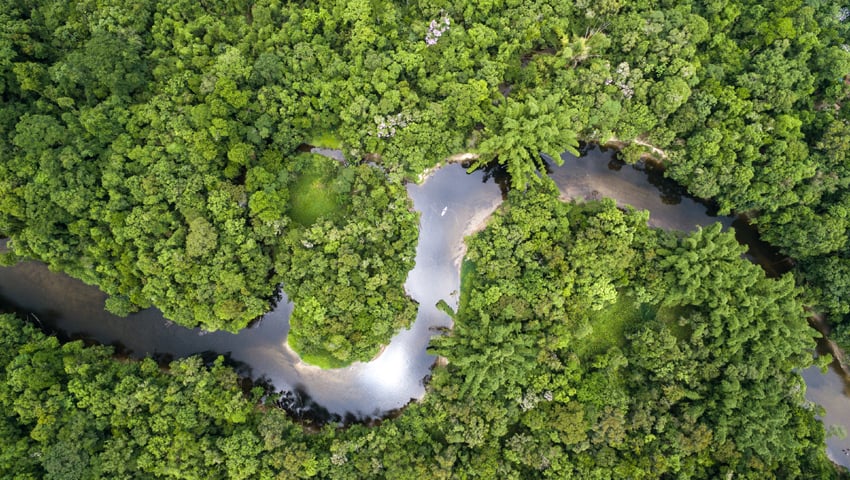A STARTLING increase in the speed and intensity of global deforestation has derailed efforts to protect and restore forests by 2030, according to two new reports analysing progress toward global forest conservation goals.
WWF’s Forest Pathways 2023 report and the Forest Declaration Assessment detail the immense scale of forest loss just two years after more than 130 countries representing 85% of the planet’s forests pledged to halt and reverse deforestation by the end of the decade. The lack of progress on commitments leaves the world in clear danger of missing vital targets.
In 2022, global deforestation reached 16.3 million acres, with primary tropical forest loss at 10.1 million acres. An alarming 96% of this takes place in tropical regions. Tropical Asia is the only region close to achieving zero deforestation.
Without urgent action, tropical forests will begin to act as a carbon source, not a sink, under the pressures of a warming, drying, and increasingly extreme climate.
Widespread and increasing deforestation and degradation in the planet’s three largest tropical forest basins – the Amazon, Congo, and the forests of Asia-Pacific – could deliver a global climate catastrophe.
Fortunately, there’s still time to halt deforestation and sustainably manage and restore forests in ways that benefit people and nature.
Kerry Cesareo, senior vice president for forests at WWF, said, “If we’re serious about ensuring a future for forests – and halting the biodiversity and climate crises – time is of the essence. While the numbers are stark, we know what we need to do. And the Forest Pathways report provides tangible guidance for decision-makers, from governments to financial institutions to private sector actors.”
Globally, at least 100 times more public funding goes to environmentally harmful subsidies than financing to help forests. Only $2.2 billion in public funds is channelled to forests each year – a mere fraction compared to other global investments. Indigenous peoples and local communities do not receive the necessary resources to secure their rights and effectively manage their lands, even though tropical forests under their stewardship are better protected and deforestation and degradation are lower.
In addition to calling for governments to meet their financial promises, the report sets out a blueprint to save forests by 2030, with essential measures, including:
- Ending forest-harming investments and subsidies such as agricultural subsidies responsible for the loss of 5.4 million acres of forest per year
- Reforming the rules of global trade that harm forests, cutting deforesting commodities out of global supply chains, and removing barriers to forest-friendly goods
- Accelerating the recognition of land rights to Indigenous peoples
- And making the shift toward nature-based economies
- Forest Pathways also includes specific case studies detailing efforts underway across the globe to confront deforestation. These include the Amazon Region Protected Areas (ARPA) program in Brazil and WWF’s signature corporate engagement program for forests, Forests Forward.
